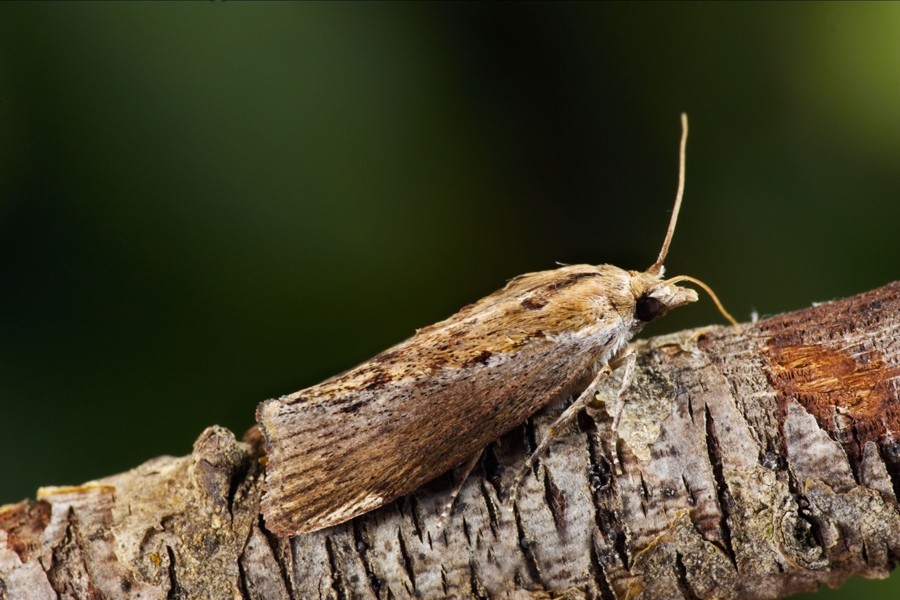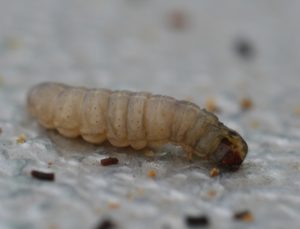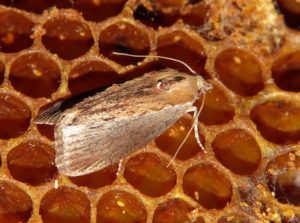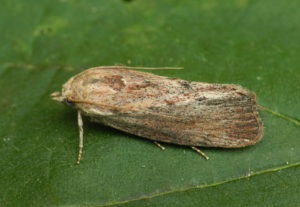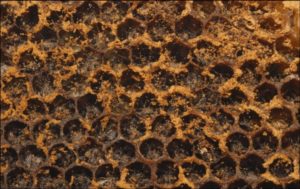Greater Wax Moth (Galleria mellonella)
The greater wax moth is a member of the family of snout moths. It can be found inhabiting honeycombs, which act as a food source for the larvae, resulting in its other name honeycomb moth. Swedish zoologist Carl Linnaeus first described this species in the 10th edition of his book Systema Naturae in 1758.
Media.springernature.com
Scientific Classification
- Family: Pyralidae
- Genus: Galleria
- Scientific Name: Galleria mellonella
Description and Identification
Caterpillar
They are white or dirty gray, 3-30 mm long, and feed on material generally found in their surroundings. These include honey, pollen, and discarded skins of honeybee larvae. The caterpillars go through 8-10 instars over a period ranging from 28 days to 6 months. In their early instars, they are more voracious eaters, even resorting to cannibalism during food shortages.
Pupa
Pupae start as brownish-white, finally turning dark brown when adults are about to emerge. They are 14-16 mm, remaining immobile in their cocoons for 1-9 weeks.
Adult Moth
Sexual Dimorphism: Present.
Males can be distinguished from a semilunar notch on their bodies, living a little longer than their female counterparts.
Color and Appearance
They are brown-gray and 10-18 mm long. When the wings are opened, a smooth outer margin is observed. When the wings are closed, the margin remains.
Average wingspan: 30 to 41 mm
Flight pattern: Erratic
Season: May to October
Quick Facts
| Other Names | Bee Moth, Honeycomb Moth |
| Distribution | Worldwide distribution including twenty-seven African countries, nine Asian countries, five North American countries, three Latin American countries, Australia, ten European countries, and five island countries. |
| Habitat | Anywhere honeybees are bred and cultivated |
| Predators | Parasitic wasps |
| Lifespan of Adults | Females: 12 days Males: 21 days |
| Host Plants | Honeycombs |
| Adult Diet | Does not feed |
Did You Know
- It is suggested by recent research that the greater wax moth is capable of digesting polystyrene, a tough plastic hard to break down. Ongoing research is being conducted to see if the larvae can rid the world of excess plastic.
- This moth has the highest recorded frequency in the world, capable of hearing up to 300 kHz
Scientific Classification
- Family: Pyralidae
- Genus: Galleria
- Scientific Name: Galleria mellonella

